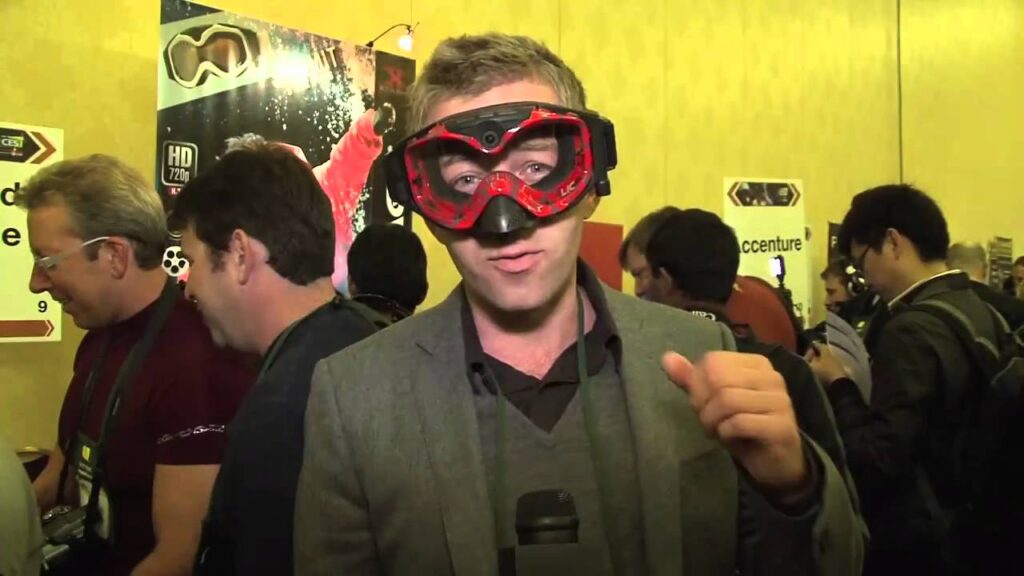Car Stunts in Movies and TV shows: Are they Realistic?
Summary
In this blog post, we delve into the world of car stunts in movies and TV shows. We discuss the realism of some of the most famous stunts seen in popular movies like The Fast and the Furious Tokyo Drift, Transporter, Back to the Future, Die Hard with a Vengeance, and The Fate of the Furious. We also appreciate some of the filmmakers’ efforts to use real cars and drivers instead of CGI. We furthermore highlight the importance of safety measures and car modifications to execute these stunts safely. Additionally, we talk about common spy gadgets used in movies to make the car chases even more exciting.
Table of Contents
- Introduction
- How Realistic are Car Stunts in Movies?
- The Importance of Safety Measures
- Modifications to Cars for Stunts
- Real Cars and Drivers vs. CGI
- Spy Gadgets Used in Car Chases
- Conclusion
Introduction
Movies and TV shows have captivated us with thrilling car chases and stunts over the years. From James Bond movies, where cars are equipped with spy gadgets like ejector seats, to Fast and Furious movies, where cars are jumping from one building to another, the spectacle has always been an integral part of the entertainment package.
However, the question arises, are these car stunts realistic? Can they be performed in the real world? In this blog post, we shall explore various stunts and events related to car movies and shows and analyze their realism.
How Realistic are Car Stunts in Movies?
While some car chases and stunts we see on the big screen are pretty accurate, others are too far-fetched to be performed in the real world. For instance, a scene from the Fast and the Furious Tokyo Drift, where a car drifts sideways in a parking lot, is pretty accurate and can be performed in real life. On the other hand, flipping an 18-wheeler in one big piece, as seen in many movies, is impossible in real life, no matter how sharp the turn or how fast the speed.
Similarly, driving a car through a building, as seen in Transporter 2, is unrealistic. The structural integrity of a building is such that a car cannot pass through its walls without falling apart, no matter how high the speed. Flipping a car with a gas cannon is also unrealistic, as the force required to flip the car would also destroy the car.
The Importance of Safety Measures
If a filmmaker wants to execute a car stunt safely, safety measures should be their top priority. The safety of drivers and other crew members is paramount when performing a dangerous car stunt. One such safety measure is the use of seatbelts.
Wearing seatbelts not only ensures the safety of the driver but also helps control the vehicle during high-speed off-road driving or jumps. Additionally, it helps reduce the risk of serious injury in an accident.
Modifications to Cars for Stunts
Modifications to cars used for stunts are also essential for the safety of the driver and other crew members. One common modification is the addition of racing seats, which provide extra support to the driver during sharp turns and high-speed maneuvers. Another modification is the addition of dry cell batteries, which are safer than regular batteries in case of an accident.
Additionally, skid plates are added to protect the oil pan during jumps, and compression of the suspension is used to control the movement of the car during stunts.
Real Cars and Drivers vs. CGI
While CGI can produce amazing visuals, most moviegoers prefer seeing real cars and drivers performing car stunts. Real cars and drivers not only look more authentic, but they also make for better storytelling. Furthermore, real drivers can adjust to changing circumstances and situations during the stunt, which is impossible to mimic with CGI.
Spy Gadgets Used in Car Chases
Spy gadgets have been a staple of car movies for a long time. Common gadgets include oil slicks, smoke screens, and ejector seats. While these gadgets add to the excitement of the chase, most of these gadgets cannot be executed in the real world. For instance, an oil slick requires a large container of oil to be spilled onto the road, which is not practical in real life.
Conclusion
In conclusion, car stunts in movies and TV shows are fun to watch, but their realism varies. While it is possible to mimic some stunts in real life, others can only be executed in the movies. Safety measures and car modifications are essential for performing car stunts safely. Real cars and drivers are preferred over CGI, as they look more authentic and make for better storytelling. Spy gadgets, while exciting to watch, are generally not possible in real life. Nonetheless, filmmakers have done a great job of entertaining us with thrilling car stunts, and we can always appreciate the hard work that goes into creating them.





